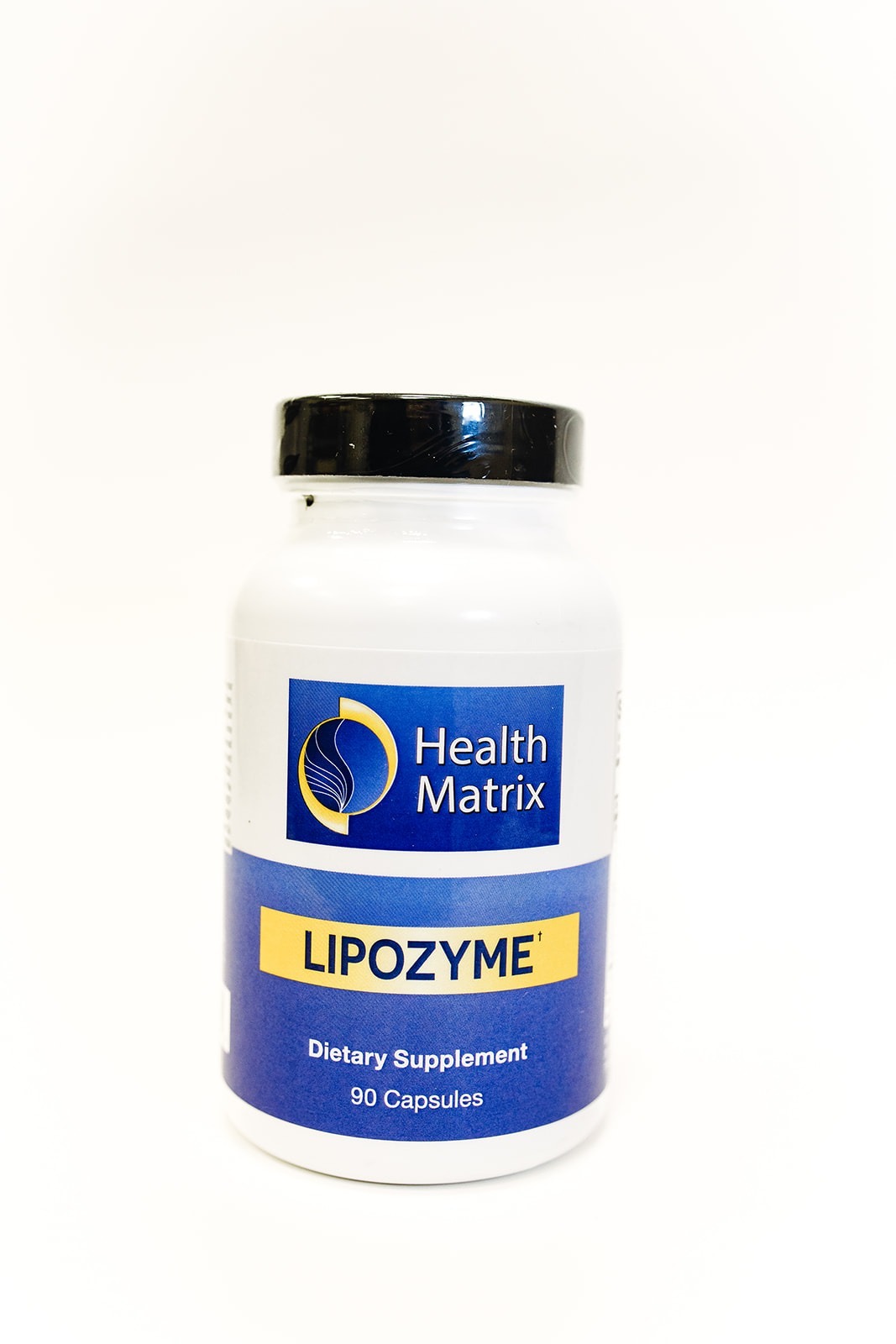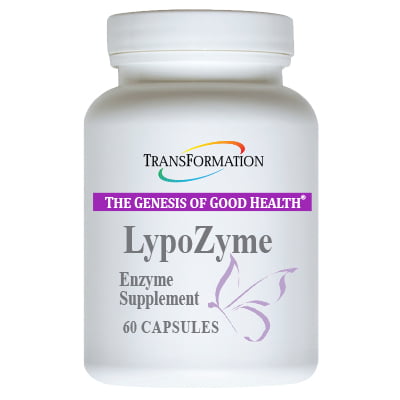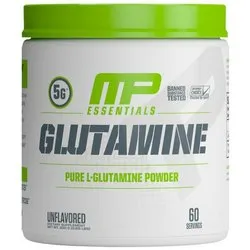Description
Lipozyme: The Versatile Biocatalyst Revolutionizing Industries
Lipozyme, a commercially available immobilized lipase, is rapidly gaining recognition as a powerful and versatile biocatalyst across a wide range of industries. Its ability to catalyze reactions involving fats, oils, and esters in a specific and efficient manner makes it a key player in the evolution towards more sustainable and environmentally friendly processes.
What is Lipozyme?
Lipozyme isn’t a single entity but rather a family of immobilized lipases derived from various sources, often Mucor miehei or Candida antarctica. The immobilization process, where the lipase is attached to a solid support, is crucial. This offers several advantages over using free enzymes, including:
- Enhanced Stability: Immobilization protects the enzyme from degradation by temperature, pH changes, and solvents.
- Reusability: Lipozyme can be easily separated from the reaction mixture and reused multiple times, reducing costs and waste.
- Improved Process Control: Immobilization allows for easier handling and control of reaction parameters.
- Continuous Operation: Lipozyme can be utilized in continuous reactors, enabling efficient large-scale production.
Applications Across Industries:
The unique properties of Lipozyme have led to its widespread adoption in diverse sectors:
- Food Industry:
- Flavor Enhancement: Lipozyme can modify the fatty acid composition of triglycerides, producing desirable flavor compounds like short-chain fatty acids in cheese and other dairy products.
- Interesterification: It can rearrange fatty acids within and between triglycerides to improve the physical properties of fats and oils, such as melting point and texture, leading to healthier and more stable products.
- Production of Structured Lipids: Creating specifically designed triglycerides with tailored nutritional profiles, like those rich in omega-3 fatty acids or medium-chain triglycerides (MCTs).
- Pharmaceutical Industry:
- Chiral Separations: Lipozyme’s ability to selectively hydrolyze or esterify chiral compounds is invaluable in separating enantiomers, which are essential building blocks for many pharmaceuticals.
- Production of Pharmaceutical Intermediates: It can catalyze the synthesis of specific esters and other compounds used in the production of pharmaceuticals.
- Synthesis of Biodegradable Polymers: Acting as a catalyst in controlled polymerization of biodegradable polymers for drug delivery systems and biomedical applications.
- Cosmetic Industry:
- Production of Emollients and Surfactants: Lipozyme can be used to synthesize esters and other fatty acid derivatives used in lotions, creams, and soaps to provide moisturizing and cleansing properties.
- Production of Biodegradable Polymers: Used in microencapsulation of active ingredients for sustained release in cosmetic formulations.
- Biofuel Industry:
- Biodiesel Production: Lipozyme can catalyze the transesterification of vegetable oils and animal fats with alcohols to produce biodiesel, a renewable and biodegradable fuel. This offers an alternative to traditional chemical methods, which are often harsh and produce significant waste. Its use in biodiesel production can also overcome problems associated with high free fatty acid content in feedstock.
- Textile Industry:
- Biowashing of Fabrics: Lipozyme can be used to remove fats and oils from fabrics, resulting in a softer feel and improved dye uptake.
Advantages of Using Lipozyme:
Compared to traditional chemical methods, Lipozyme offers several significant advantages:
- High Specificity: It catalyzes reactions with high selectivity, minimizing the formation of unwanted byproducts.
- Mild Reaction Conditions: Reactions can be performed under mild temperature and pH conditions, reducing energy consumption and preserving the integrity of sensitive molecules.
- Environmentally Friendly: Lipozyme is biodegradable and reduces the use of harsh chemicals, contributing to more sustainable and environmentally friendly processes.
- Reusability: Immobilization allows for multiple uses, reducing operational costs and waste generation.
Challenges and Future Directions:
Despite its advantages, there are still challenges associated with Lipozyme:
- Cost: While reusability lowers the overall cost, the initial investment in Lipozyme can be substantial, making it a barrier to entry for some industries.
- Optimizing Reaction Conditions: Finding the optimal reaction conditions (temperature, pH, solvent) for specific applications can require significant research and development.
- Enzyme Inhibition: Certain compounds can inhibit Lipozyme activity, affecting its performance.
Future research directions include:
- Developing more robust and cost-effective Lipozyme formulations: Focusing on improving enzyme stability and reducing the cost of immobilization.
- Expanding the range of substrates that Lipozyme can efficiently process: Through enzyme engineering and modification.
- Optimizing reaction conditions for specific applications: To maximize efficiency and minimize byproduct formation.
- Developing novel Lipozyme-based processes: To address emerging challenges in various industries.
Conclusion:
Lipozyme has emerged as a powerful and versatile biocatalyst with a wide range of applications across diverse industries. Its unique properties, combined with the growing demand for sustainable and environmentally friendly processes, make it a key technology for the future. As research and development continue to improve its performance and reduce its cost, Lipozyme is poised to play an even more significant role in revolutionizing industries around the world.












Reviews
There are no reviews yet.